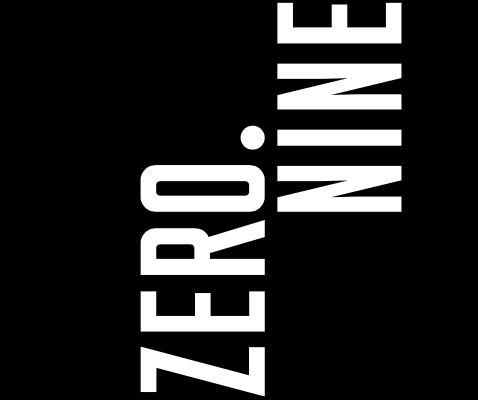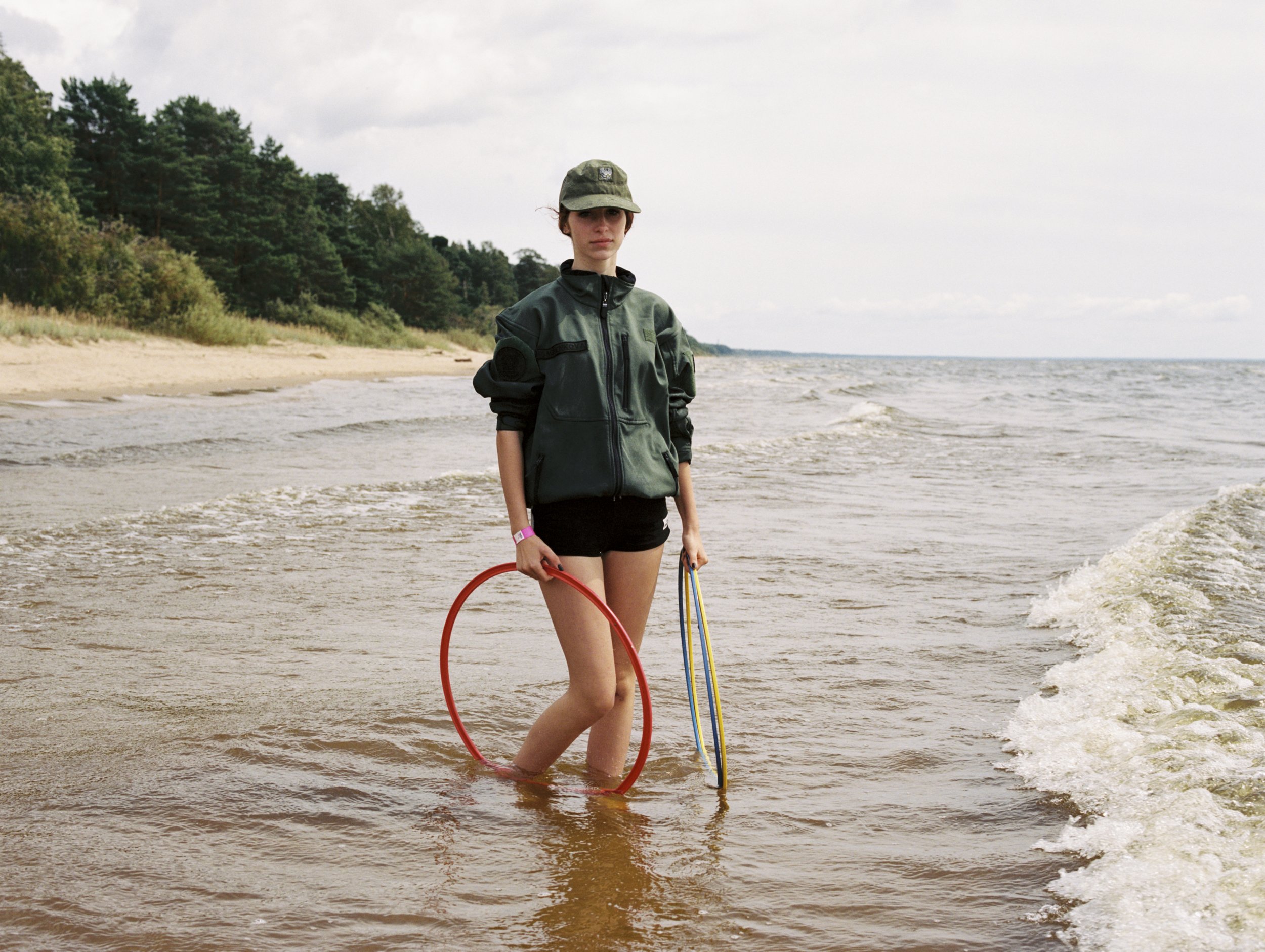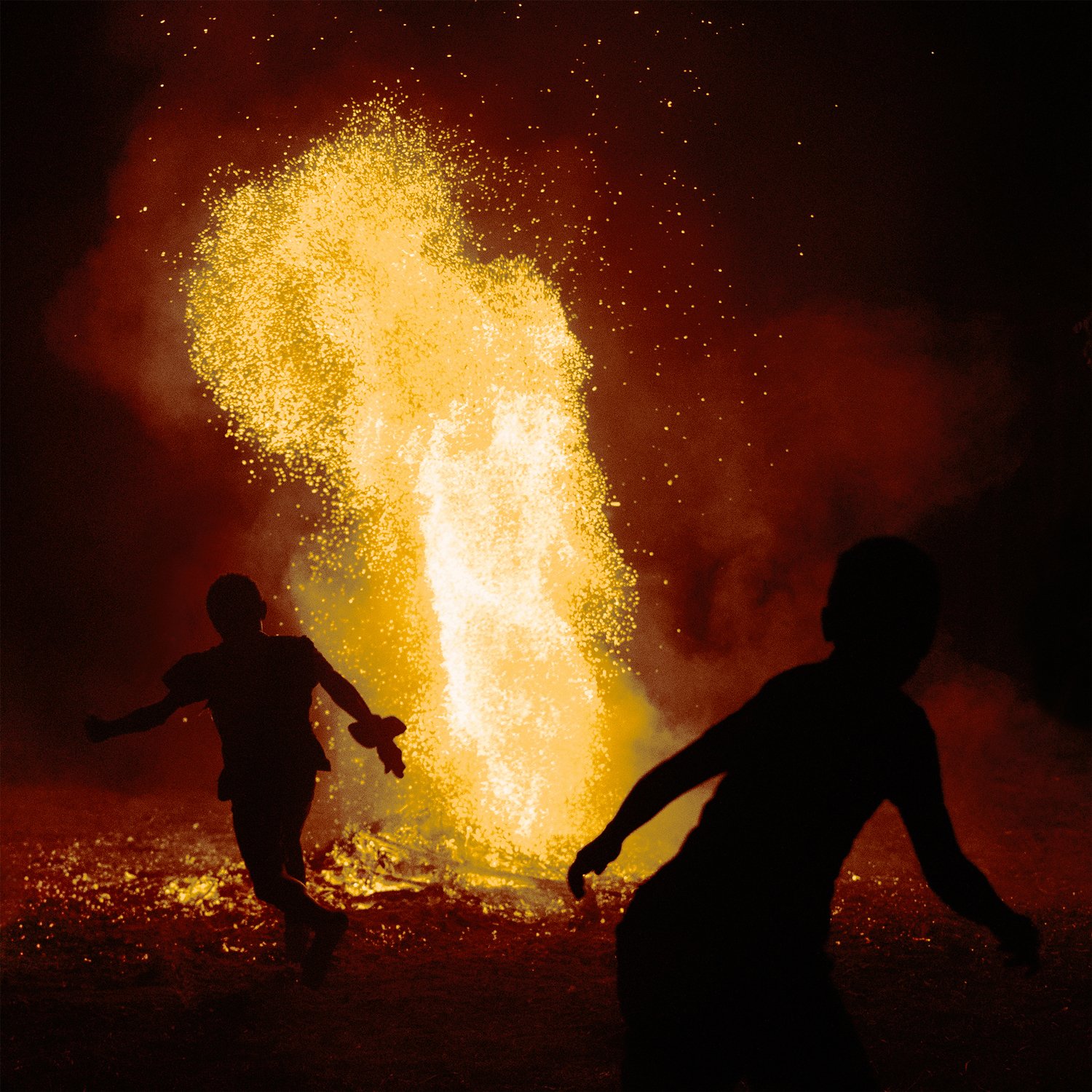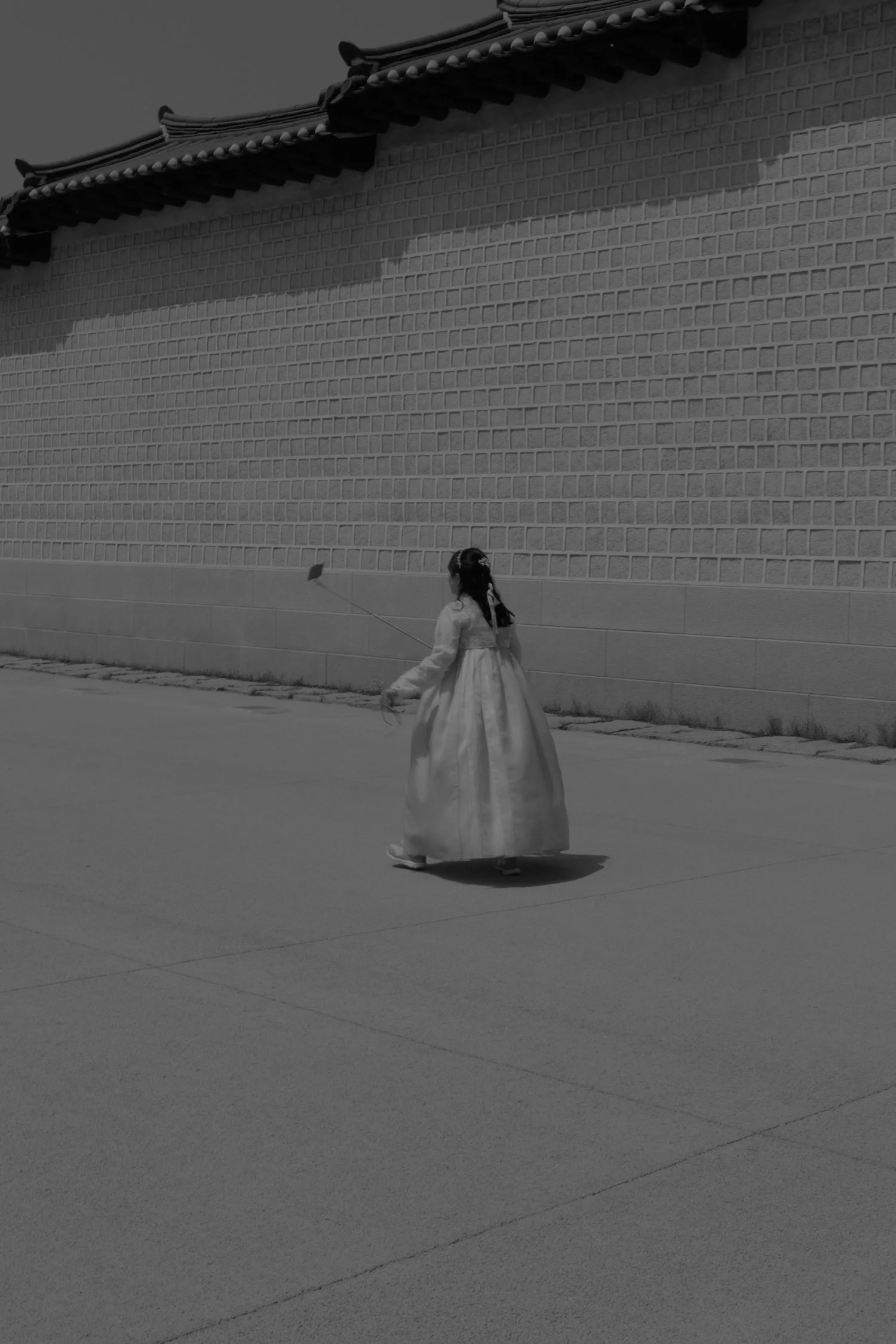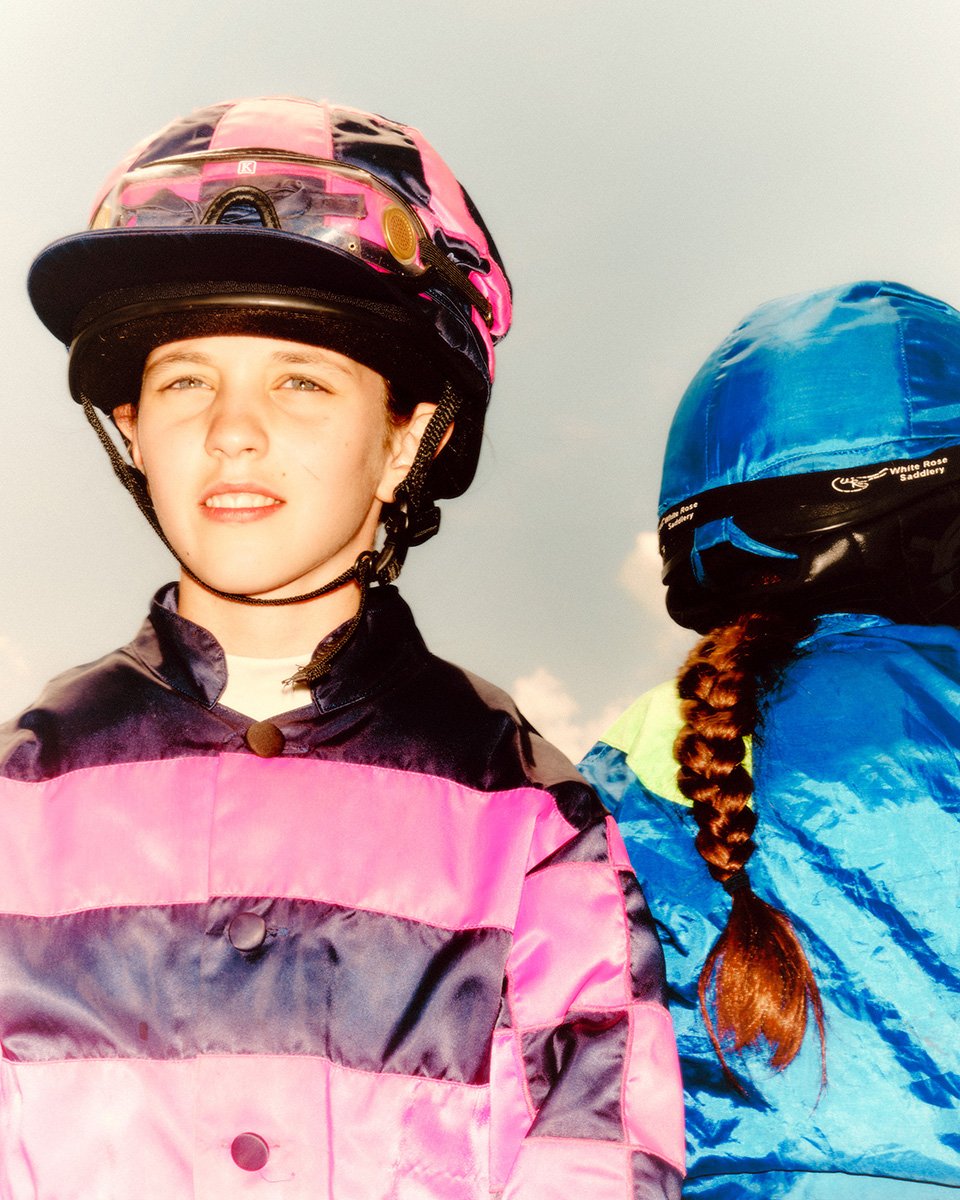ICONS – Margaret Bourke-White: The Indestructible
Margaret Bourke-White was one of the most fearless, intrepid photographers that has ever lived. To call her anything else would be an understatement for a photographer whose work confronted some of the greatest injustices of the 20th century. Some put her capacity to be in these places at the right time down to a matter of chance. Was it?
Words Holly WycheThe photograph titled “Dr. Kurt Lisso, Leipzig’s city treasurer.” captured by Margaret Bourke-White, depicts a tragic scene where Dr. Lisso, his wife, and daughter are seen after taking poison.
Stranded in the Arctic, hidden from invasion in a US embassy, and pulled out of a downed chopper in Chesapeake Bay, Margaret Bourke-White more than earned her moniker of ‘Maggie the indestructible’. Given to her by the staff at Life magazine, a magazine she also provided the first ever cover to, the name reflects what may be one of the most storied existences of any photographer. A list of her accolades and ‘firsts’ dwarves most of her peers, both because of a courage that put her in more dangerous situations than most, but an incredible journalistic intent that led her to know exactly where to go and at what times. This is often inaccurately characterised as luck. She was ‘lucky’ to be one of the last people to speak to Gandhi prior to his assassination. She was ‘lucky’ to be the only photographer in Moscow when Germany invaded. What this actually shows is an incredible acuity and capacity to understand where exactly in the world was on the precipice of change or injustice. This is what Margaret nurtured, and what led to her capturing some of the most explosive scenes of the 20th century.
“I was to discover that the quest for human understanding is a lifetime one that has no end in sight.”
Maggie was born at the turn of the 20th century, pursuing a career in industrial photography directly after graduating college in 1927. Her first photos of ironworks and steel mills were some of her earliest work and demonstrate her ingenuity and drive to enter inhospitable, militarily secure places from the start. Her blistering photos of molten metal pouring from the megastructures that were these industrial steel mills didn’t at first come out, despite the hardship of being in these locations with so much technical equipment to begin with. Maggie wasn’t discouraged and learnt that the red, boiling light that molten metal provides, while looking bright, doesn’t really provide any light due to its low ‘actinic value’ Coming back to these steel mills with experimental new magnesium flares, Maggie tackled this problem with a veracity that would define the rest of her career. Her capacity to inhabit spaces that were fundamentally inhospitable, regardless of the obvious barriers of attempting to enter these spaces as a woman in the early 40s, was a great strength tempered by these early industrial experiences.
Steel support struts are visible inside several newly constructed giant pipes to be installed in a diversion tunnel that will carry the Missouri River around Fort Peck Dam construction in Montana in 1936.
An aerial view of a Douglas DC-4E aircraft flying over Manhattan in 1939
Pilots of American 8th Bomber Command wearing high altitude clothes, oxygen masks and flight goggles, 1942
"To me... industrial forms were all the more beautiful because they were never designed to be beautiful. They had a simplicity of line that came from their direct application of purpose. Industry... had evolved an unconscious beauty – often a hidden beauty that was waiting to be discovered.”
She was hired to work at Fortune magazine by its owner based on the quality of these photos, with photographing the construction of the Chrysler building being her main task. Magazine work is where the transition from industrial to political photography came, culminating in being hired to work for Life magazine in 1935. This is where her most controversial and influential work came, and where her capacity to face down major political events grew from crisis to crisis. One of the earliest events Maggie defined was the Louisville flood. She captured and disseminated an iconic image of a racial injustice that has forever permeated the US, an image that would become synonymous with the burgeoning civil rights movement. The depiction of black families contrasts as starkly as possible against a promised American dream demonstrated so clearly a problem that had been bubbling for centuries. Maggie didn’t capture this photo through a terrible stroke of luck of being in the right place at the wrong time. Instead, within an hour of news of the flood breaking to the country, she was on a plane to Louisville.
“The camera is a remarkable instrument. Saturate yourself with your subject, and the camera will all but take you by the hand and point the way.”
The 15 years that followed this, prior to Maggie’s diagnosis with Parkinson’s in 1952, was an odyssey of perpetually groundbreaking experiences. She documented the 20th century and the global conflicts in it almost more comprehensively than any other photographer. While photos of the USSR and Stalin’s family are a common success, she was also one of the first to take photos of German concentration camps in 1945, capturing the bloodshed in such a stark reality that came from how unflinching her eye was. Her photos of the Korean war and mass migration in India also showed the world a perspective on events that also was fundamentally compassionate, a perspective that in a lot of cases lacked a white-saviourism that underlies most of the work of the era.
Her Parkinson’s diagnosis in her 50s slowed her travel, with her physical decline being countered with a legacy that only grew further into her life. Viewed as one of the most influential photographers of the 20th century, her generosity led to an economical retirement and far lower standard of care in her later life than she deserved. Her autobiography on the other hand, written after losing the capacity for speech, became a bestseller, with Farrah Fawcett also later starring as Maggie in Double Exposure, a film about her life. She died in 1971, at 67 years of life.
Female welders at work in a steel mill in Indiana in 1942, replacing men called to duty during World War II.
Scottish Cameron Highlander and Indian troops march past pyramids in Egypt in 1940, part of the Allied defense preparations against an Italian attack, during World War II.
“Difficult as these things may be to report and to photograph, it is something we war correspondents must do. We are in a privileged and sometimes unhappy position. We see a great deal of the world. Our obligation is to pass it on to others.”
Members of the native Bedouin camel cavalry called Meharists commanded by the officers of the French expeditionary force, pose on their she-camel mounts (males are only good for beast of burden) in desert near Damascus. May 1940.
"I'm afraid my closely guarded solitude causes some hurt feelings now and then. But how to explain, without wounding someone, that you want to be wholly in the world you are writing about, that it would take two days to get the visitor's voice out of the house so that you could listen to your own characters again?"
Margaret Bourke-White on one of the eagles on the 61st floor of the Chrysler Building in New York City in 1934.
